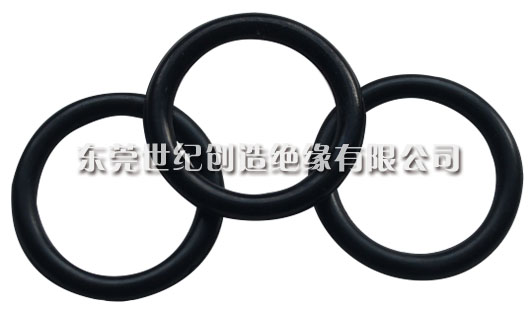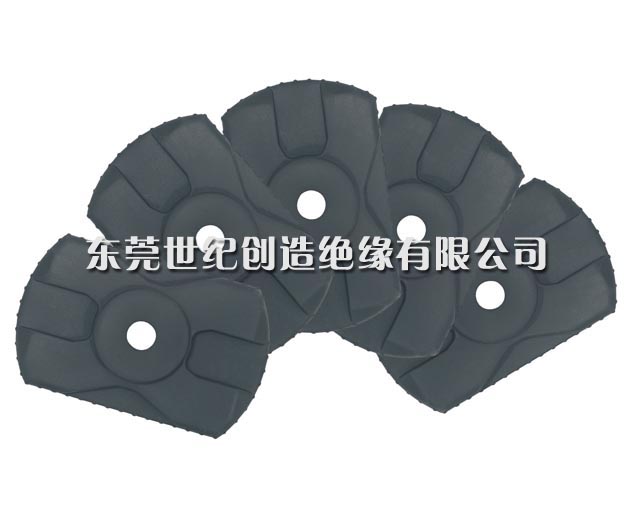The main factors affecting the vulcanization process of rubber
Release Date:2024-01-20 Click:5467
The size of permanent compression during rubber vulcanization involves the elasticity and recovery of the vulcanized rubber. The magnitude of permanent deformation is mainly determined by the change in rubber recovery ability. The factors that affect recovery ability include intermolecular interactions (viscosity), changes or disruptions in network structure, and displacement between molecules. Let's analyze the main factors that affect the vulcanization process of rubber.
1. Sulfur dosage: The larger the amount, the faster the vulcanization rate, and the higher the degree of vulcanization that can be achieved. The solubility of sulfur in rubber is limited. Excess sulfur will precipitate from the rubber surface, which is usually called "sulfur spray". To reduce the injection of sulfur, it is necessary to add sulfur at the lowest possible temperature or at least below the melting point of sulfur. According to the usage requirements of rubber products, the sulfur content in soft rubber generally does not exceed 3%, the sulfur content in semi hard rubber is generally around 20%, and the sulfur content in hard rubber can be as high as 40% or higher.
2. Sulfurization temperature: If the temperature is 10 ° C higher, the curing time will be shortened by about half. Due to the poor thermal conductivity of rubber, the vulcanization process of the product varies due to the temperature difference between its various parts. To ensure a relatively uniform degree of vulcanization, thick rubber products are usually vulcanized by gradually increasing temperature and low temperature over a long period of time.

3. Sulfurization time: This is an important component of the vulcanization process. The time is too short and the degree of vulcanization is insufficient (also known as under vulcanization). If the time is too long, the degree of vulcanization is too high (usually referred to as oversulfurization). Only an appropriate degree of vulcanization (usually referred to as ordinary vulcanization) can ensure optimal comprehensive performance.
Related news:
- Introduction to Rubber Sponge
- The main factors affecting the vulcanization process of rubber
- The principle of rubber foaming and how it is used for listening to voice during mixing in an internal mixer
- How to distinguish the quality of rubber foam strips?
- How rubber foam strips have a shock-absorbing effect
- Selection of Rubber Raw Materials for Rubber Sponge Products
- Why do we need to undergo secondary rubber vulcanization?
- What are the high-temperature resistance characteristics of rubber sponge materials reflected in?
- Common processing methods for sponge rubber foaming
- Why does rubber undergo significant changes in its properties after vulcanization








